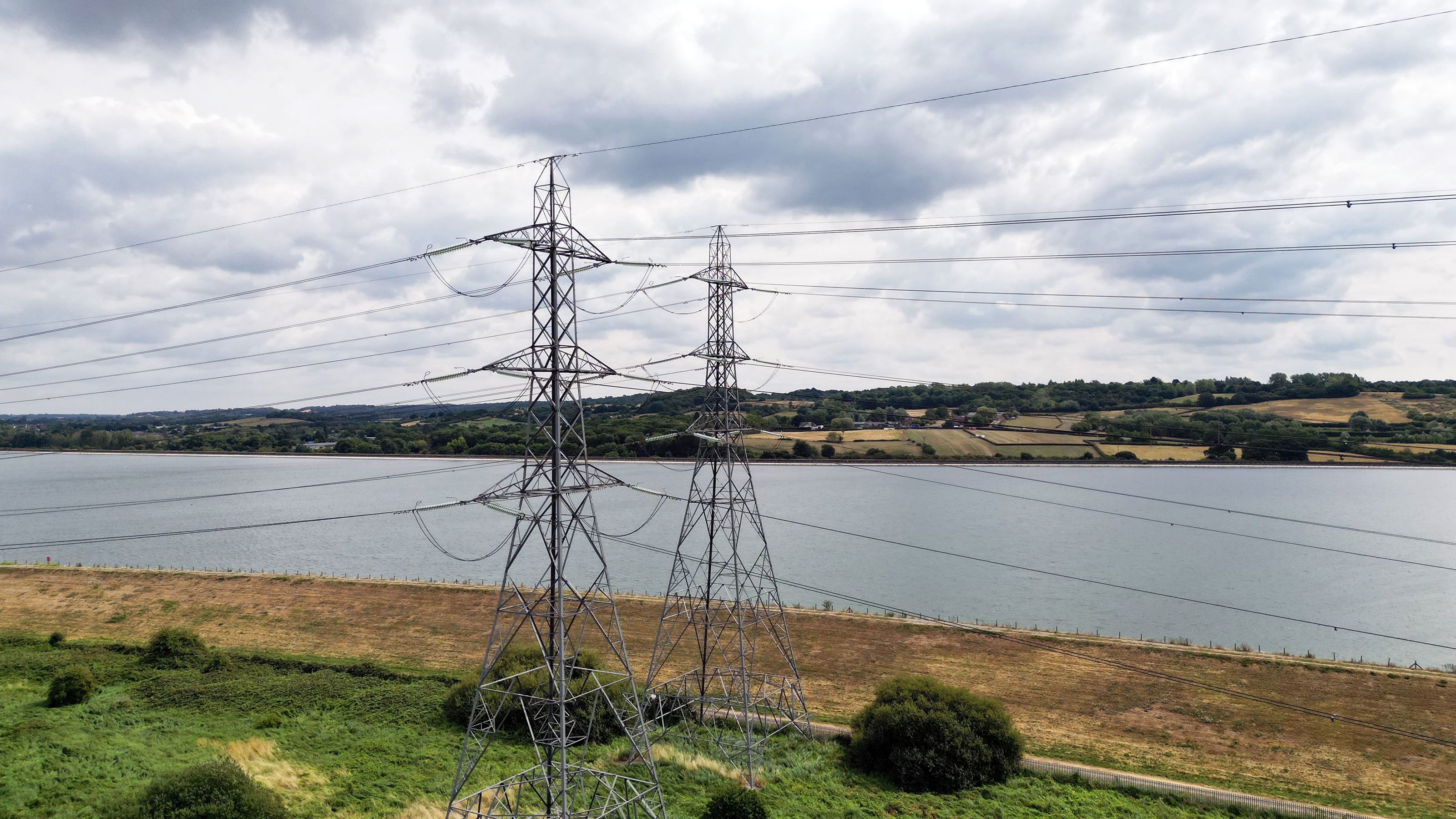Will the electricity shortage in west London spread throughout the UK?
There are no immediate electricity shortage issues, the Energy Network Association says, as new housing is halted in parts of London

An electricity shortage which has led to the suspension of new housing in three London boroughs is an “isolated circumstance”, according to the Energy Networks Association (ENA), which says the issue is unlikely to spread across the UK.
This statement follows a suspension on new housing projects by the Greater London Authority in Hillingdon, Ealing and Hounslow due to the electricity grid running out of capacity to support new homes.
The delay on new housing could reportedly last until 2035, jeopardising the government’s housing target to build 300,000 new homes a year - the three boroughs accounted for almost 5,000 homes in 2019-20, equivalent to 11% of London’s housing supply.
But the ENA, which represents network operators, has moved to assuage fears that the lack of capacity in west London could spread throughout the UK, and said that work is taking place to ensure electricity network companies can handle increased demand to support new housing as well as the rollout of air source heat pumps and electric vehicles.
“The constraints faced in west London are an isolated circumstance caused by a quick and concentrated expansion of demand from a localised growth in data centres, far higher than forecast,” an ENA spokesperson told Homebuilding & Renovating.
“There is significant collaboration across the industry, the Greater London Authority and with the housing developers themselves to address these challenges, but a long-term approach to investment is needed. We’re speaking with Ofgem to make changes to their reactive regime and ensure that where new infrastructure is needed network companies can build it once and build it right.”
Why is there a suspension on new housing?
If we are to meet housing targets and deliver the government’s ambition to move away from gas heating systems by 2025, we must ensure the electricity network has the capacity to supply these desperately needed new homes.
Home Builders Federation
The Greater London Authority said in July, as reported by the Financial Times, that pressure on the grid in west London has come from the amount of data centres which have been built in recent years. Data centres can use as much energy as thousands of homes, which has put London and the south-east at particular risk.
Get the Homebuilding & Renovating Newsletter
Bring your dream home to life with expert advice, how to guides and design inspiration. Sign up for our newsletter and get two free tickets to a Homebuilding & Renovating Show near you.
The ENA says the volume of new requests for connections from data centres in the past two years has equalled the entire electricity demand in West London.
This lack of capacity led to the suspension of new housing developments, reportedly of 25 units or more. And with electricity demand set to rise, this decision, which could also affect charging an electric car at home and the rollout of heat pumps, has been criticised by the Home Builders Federation (HBF).
“If we are to meet housing targets and deliver the government’s ambition to move away from gas heating systems by 2025, we must ensure the electricity network has the capacity to supply these desperately needed new homes,” a spokesperson for the HBF told Homebuilding & Renovating.
“We would urge the government to ensure its agencies and utility providers are meeting their responsibilities,” the HBF added.
What’s being done so building can resume?
The problem is that local electricity networks require upgrades to cope with greater electricity demand, but this could take years to achieve.
National Grid ESO, the GLA and Scottish and Southern Electricity Networks (SSEN) are devising solutions to unblock housing development, but any upgrades will need to be approved by energy regulator Ofgem.
Ofgem is currently considering network companies’ business plans for 2023-2028, which will determine the investments allocated to electricity distribution networks.
It is believed that possible solutions could include reviewing the individual energy requirements of consumers and businesses, and revising regulations which dictate how many possible connections can be made to the electricity grid, or to less-constrained grids nearby.
National Grid ESO is already working on an off-peak energy rebate scheme which is expected to be announced this month.
Could this affect the rollout of heat pumps?
The government is aiming to have 600,000 heat pumps installed per year by 2028, but this target could be at risk unless networks are quickly upgraded to withstand the extra demand.
And David O’Leary, policy director at the HBF, has warned that the Future Homes Standard, which will enforce new homes to support low-carbon technologies such as heat pumps and electric vehicles, will put additional pressure on the grid.
The Department for Business, Energy and Industrial Strategy has said that it is in regular contact with Ofgem to ensure electricity network companies have the necessary funding to meet future demand on the grid, including to support the rollout of heat pumps.
Jack has worked in journalism for over a decade and was the former News Editor of Homebuilding & Renovating between 2019 until 2023. In his time as News Editor he broke the most relevant and beneficial stories for self builders, extenders and renovators, including the latest news on the construction materials shortage, planning permission and green initiatives. In 2021 he appeared on BBC's The World at One to discuss the government's planning reforms.
He enjoys testing new tools and gadgets, and having bought his first home in 2013, he has renovated every room and recently finished a garden renovation.

